Arte Cocoa Butter Colouring: The Professional's Secret to Excellent Colour Mastery
Colour is not just an accent, it's a powerful medium that can transform a simple dessert into a captivating work of art.
4 min read
Sep 12, 2022 2:11:36 PM
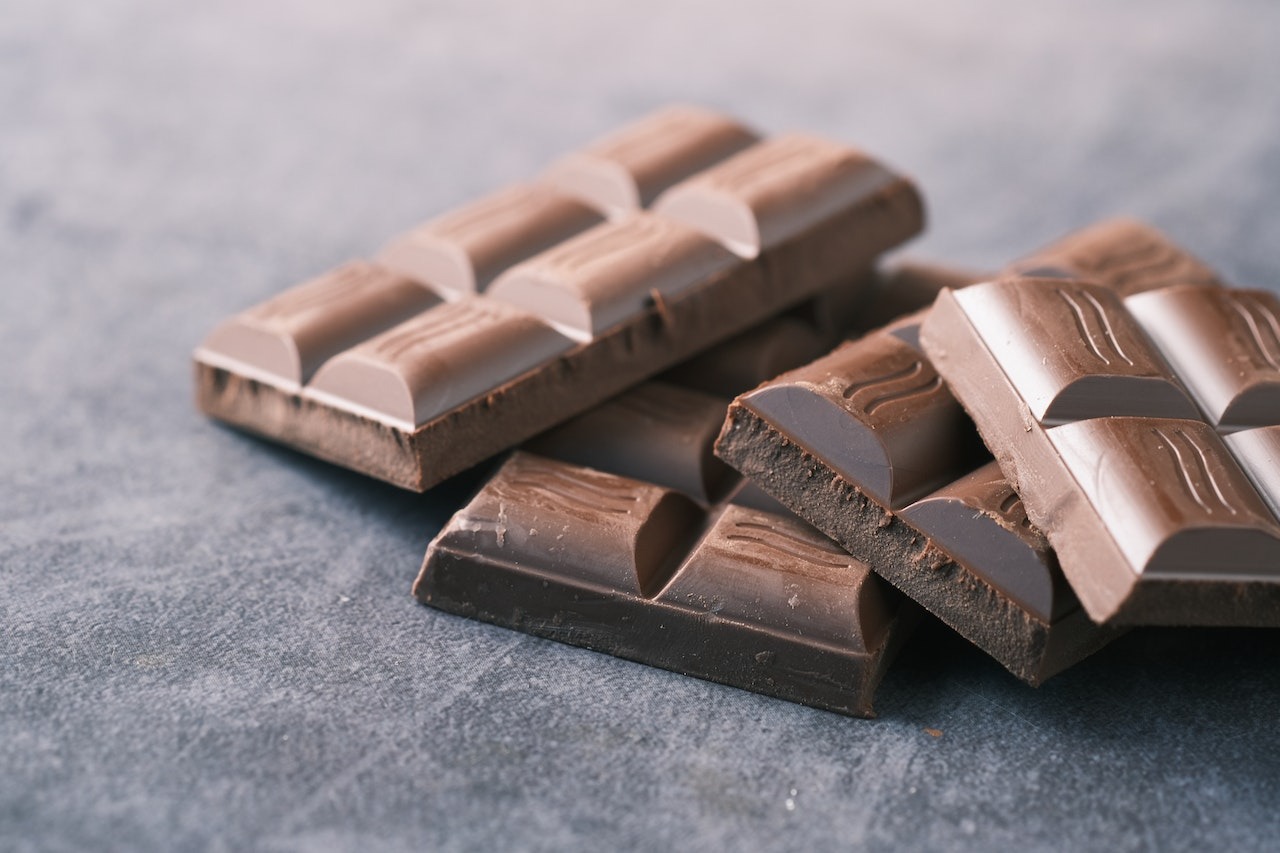
Have you ever found a whole bag of baking chocolate that is past its best before date? We know that miserable feeling. You might think about throwing it away right away, but wait a minute. Are you sure your chocolate has turned completely inedible? Find the answer in this article.
Baking chocolate, sometimes also called cooking chocolate, is a type of chocolate that is specifically intended for use in cooking and baking. It typically does not contain a lot of added sugar, and tastes more bitter than your regular eating chocolate. This makes it ideal for baking, as you can control the amount of sugar or other sweetener added to your recipe.
This type of chocolate comes in dark, milk, and white chocolate, as eating chocolate does. They can come in the form of blocks or coins. Chocolate coins are favored for their easy-to-melt property. Because it has a large surface area and uniform shape, chocolate coins are easier to melt than chopping chocolate blocks into smaller pieces every time you need to bake.
Baking chocolate can also come in the form of couverture chocolate. This type of chocolate contains a higher amount of cocoa butter, giving it a higher fluidity. This makes it perfect for applications like coating, enrobing, and molding, where you need chocolate that hardens into a glossy finish and firm texture when tempered.
Our Embassy Chocolate products offer you high-quality couverture chocolate products that are very versatile, whether for making baked goods, confectioneries, or desserts. For more information about our chocolate, visit this page.
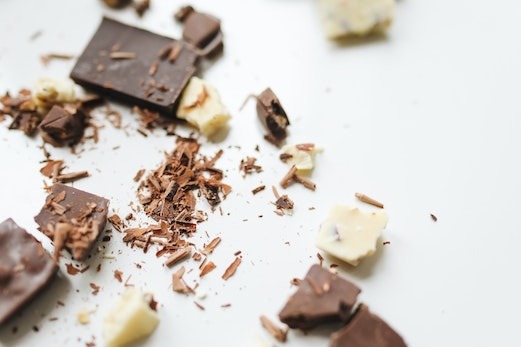
In fact, chocolate does not have an expiration date. The date listed on the baking chocolate packaging is generally the best before date, indicating the time limit when a product’s quality is still guaranteed. On the other hand, the expiry date is used for products that cause direct health risks when they have passed the stated date.
So, how come baking chocolate doesn’t have an expiration date?
Like honey, baking chocolate does not contain water, which is what bacteria need to thrive. The cocoa butter in baking chocolate is a very stable ingredient, and chocolate sold in the market generally has gone through a tempering process, which stabilizes the cocoa butter. Thus, baking chocolate has a long shelf life in general. However, unwanted things can happen due to poor storage conditions.
The shelf life of baking chocolate can be determined based on the type of chocolate. Chocolates with a higher milk content, such as milk chocolate and white chocolate, will go bad faster than dark chocolate that does not contain milk.
In general, dark chocolate can last up to 2 years, while white chocolate and milk chocolate last up to 1 year. However, if you store it properly, chocolate can last longer.
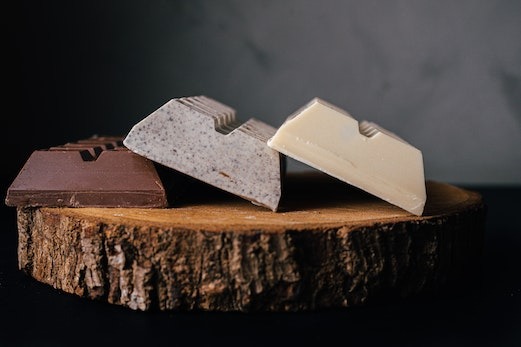
In determining whether your baking chocolate is still edible or not, you need to remember that the best before date on the chocolate packaging is not the same as the expiration date: it is an estimate of when the chocolate will no longer have the same characteristics as after it was produced. Therefore, you need to determine for yourself and your customers, whether the chocolate you have is still suitable for consumption or not.
In general, there are three characteristics that chocolate is no longer safe to eat, namely based on appearance, aroma, and taste.
If there are cracks on the surface of the chocolate, it's most likely stale and past its prime.
If you have white spots on your chocolate’s surface, don't worry. The spots are not from mold, but instead it is a layer of fat crystals or sugar that has come up to the surface. This is known as chocolate bloom. Usually, this is because the chocolate has undergone a drastic change in temperature (e.g. moving chocolate from a hot car into the refrigerator) or due to condensation on the chocolate (which often occurs when chocolate is kept in the refrigerator for too long).
If your baking chocolate blooms, don't worry, because the chocolate is still safe for consumption. While bloomed chocolate isn't ideal for store display, you can still use the chocolate as an ingredient in batters or for hot chocolate.
Chocolate is a sensitive ingredient that easily absorbs absorb flavors and odor from its surroundings. If your baking chocolate has a strange smell, it could be that it has absorbed odor from nearby foods or items. Chocolate that has been stored for a long time can also lose its distinctive aroma. If any of these things happen, the decision is yours whether you want to keep using it or not.
If your chocolate smells moldy or sour like stale milk, then chances are that the milk in the chocolate has expired. If this happens, throw the chocolate away immediately.
Not only can chocolate absorb odors, but it can also absorb the taste of goods or food items around it. If your baking chocolate has a strange taste or doesn't have the same 'chocolate' taste as before, then you can decide for yourself whether you still want to use the baking chocolate or not.
If your baking chocolate contains milk, such as milk and white chocolate, then you need to be more cautious. These ingredients have an expiration date, so you need to be more careful in determining whether the chocolate is still suitable for consumption or not.
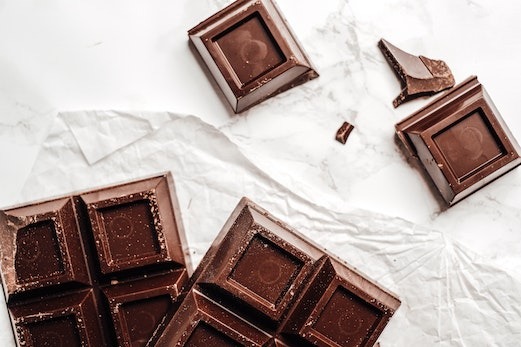
Stored properly, baking chocolate can last longer than the date stated on the packaging. Therefore, it is important for you to know how to store chocolate so it doesn't go bad.
Ideally, chocolate is stored indoors with a temperature of 13-20 degrees Celsius, in a cool and dry place away from light or heat.
Many people think chocolate's shelf life will be longer if it is stored in the refrigerator like other types of food. But unfortunately, this is not quite right. Because, besides being affected by heat, the condition of chocolate is also affected by humidity.
Humid storage spaces, such as refrigerators, can cause moisture condensation to occur. This will cause the sugar in the chocolate to rise to the surface and cause sugar bloom. Therefore, do not store your chocolate in the refrigerator if you can.
However, as we all know, the tropical climate in some countries makes storing chocolate outside the refrigerator almost impossible, as the hot environment causes the chocolate to melt. Therefore, if you have to store chocolate in the refrigerator, wrap it in with plastic wrap and place it in an airtight container.
Lastly, keep chocolate away from strong-smelling ingredients like fish. As we've learned, chocolate absorbs the odors around it, so it's important to store chocolate in packaging that isn't contaminated with unpleasant odors. Likewise, you also need to keep your baking chocolate away from things with a strong flavor. We recommend you to keep the chocolate in an airtight container to prevent this.
At the end of the day, choose a reputable chocolate brand that makes high-quality chocolate, like Embassy Chocolate. We have more than 25 years of chocolate-making experience, gaining the trust of hotels, restaurants, and cafes to provide quality couverture chocolate.
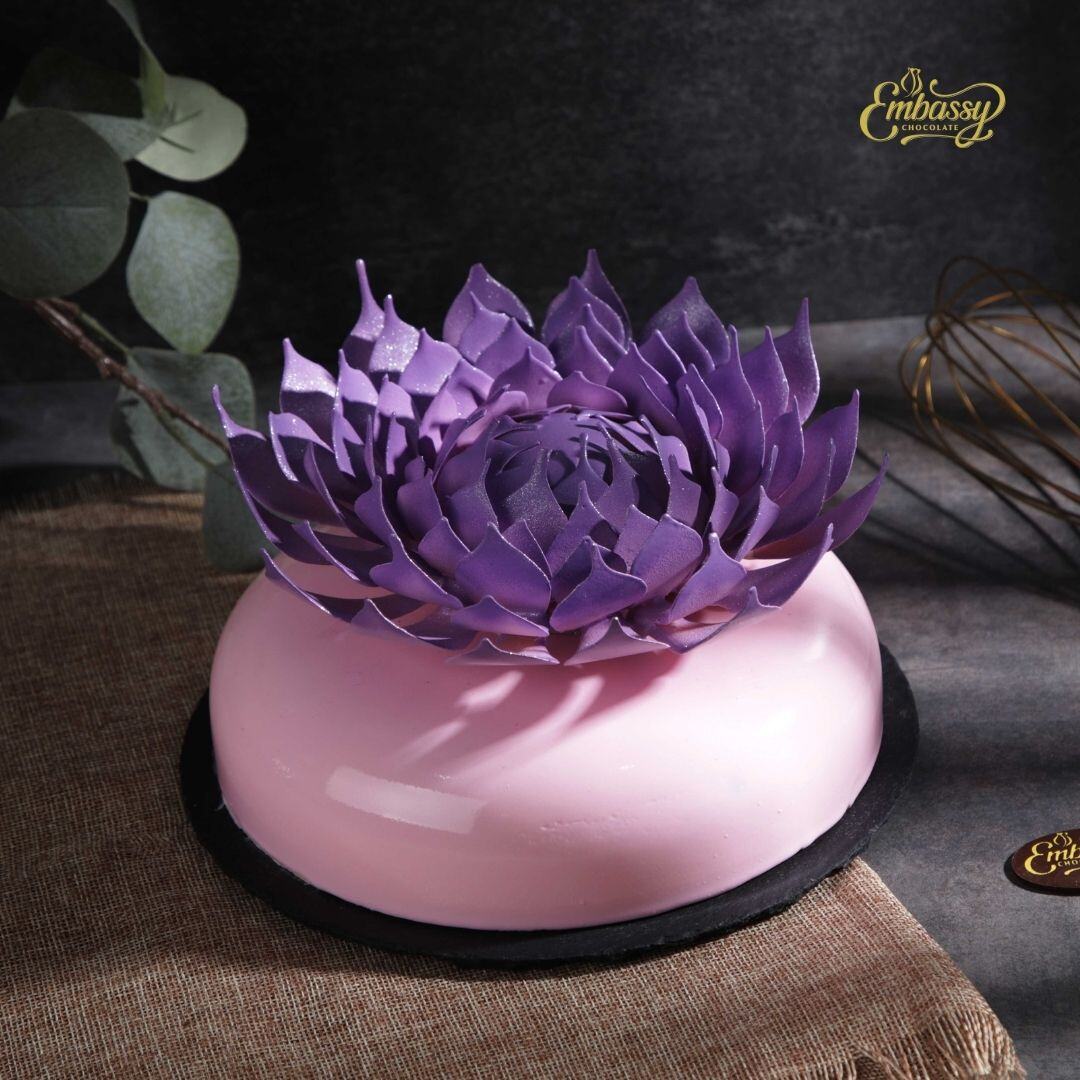
Colour is not just an accent, it's a powerful medium that can transform a simple dessert into a captivating work of art.
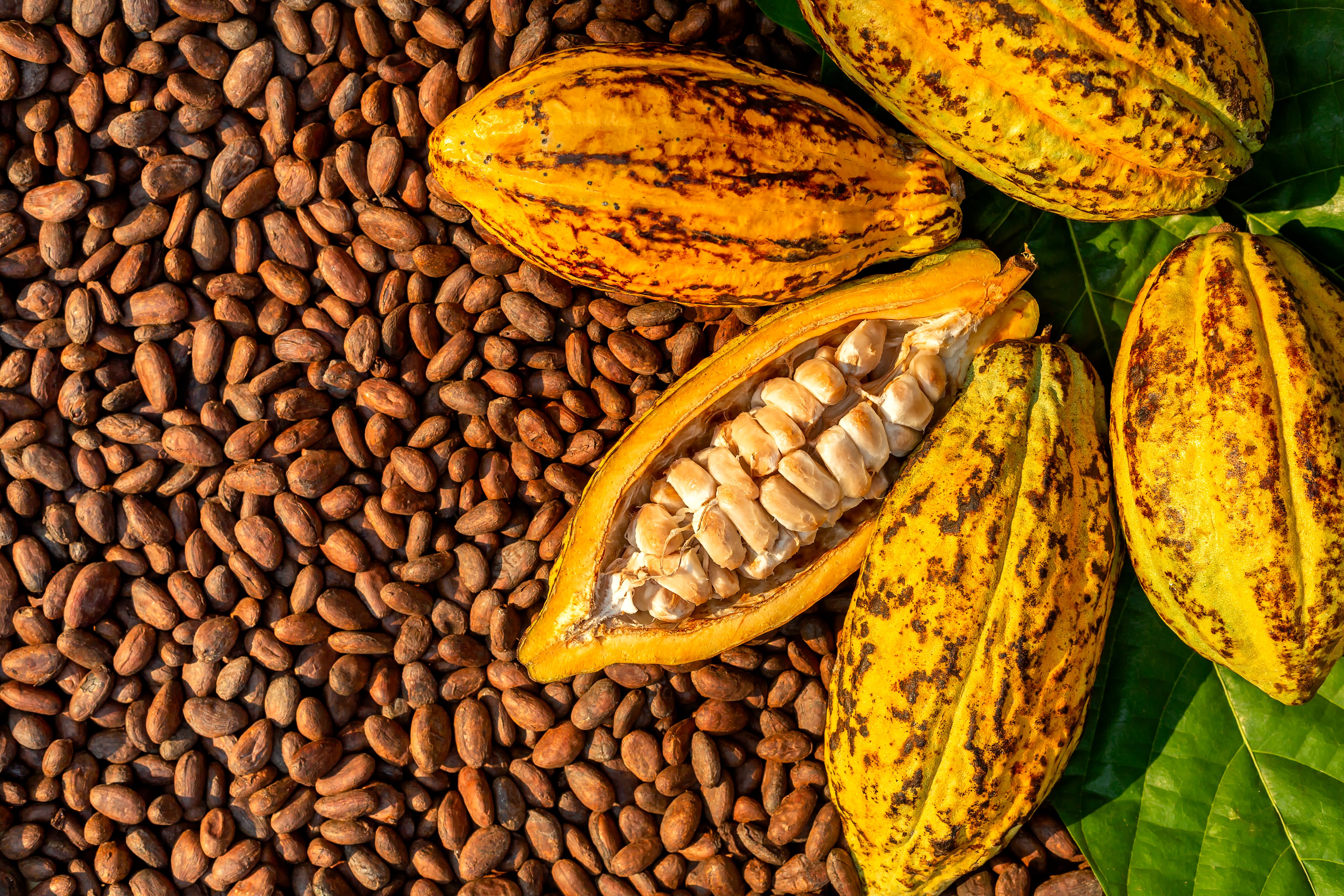
Chocolate, a beloved treat enjoyed by millions worldwide, is facing a bitter truth: the steady rise in cocoa bean prices due to disease outbreaks and...
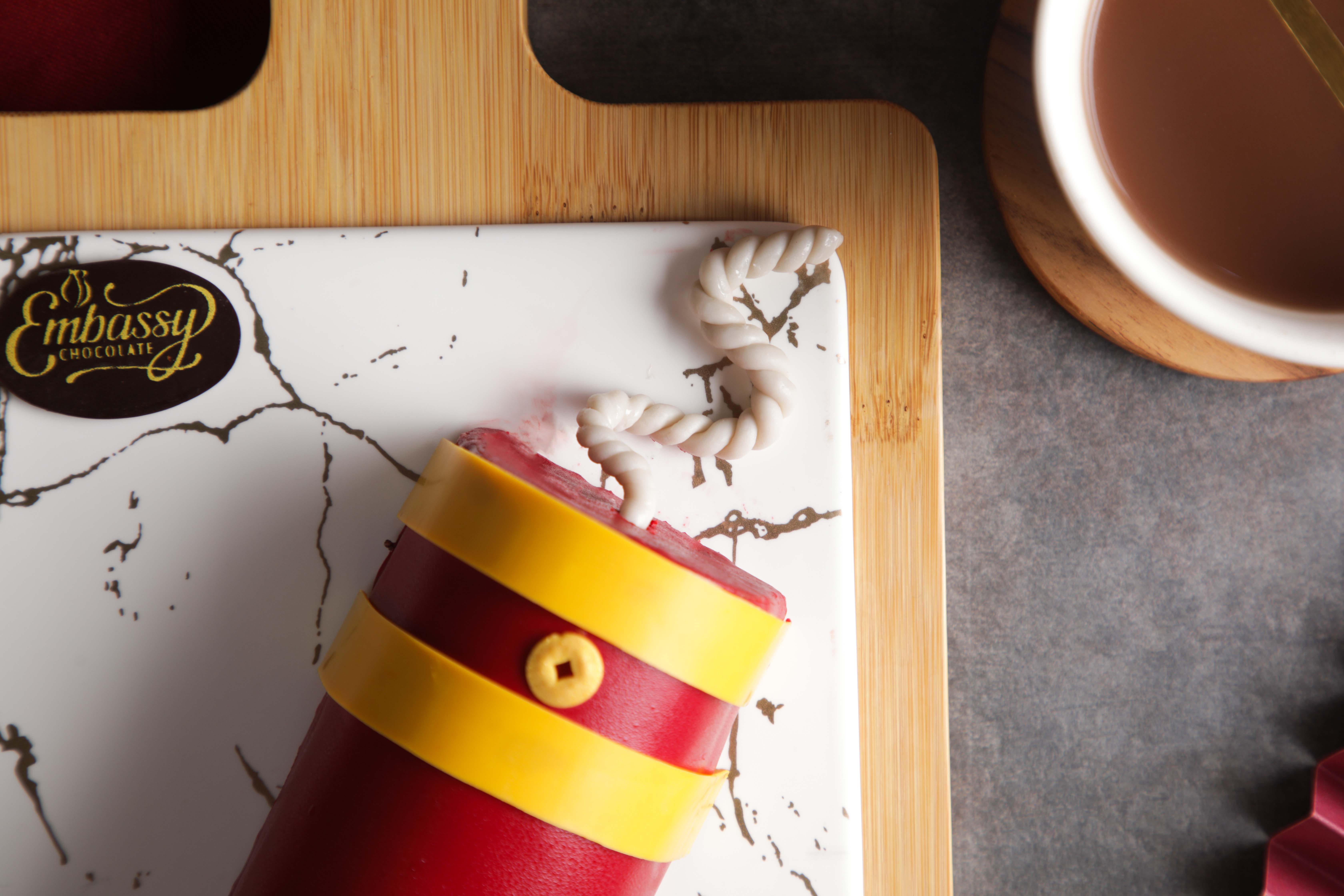
Set the Lunar New Year ablaze with our Firecracker Chocolate Roll Cake! Experience layers of rich chocolate with a hint of fiery excitement,...